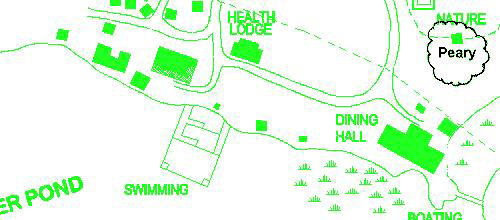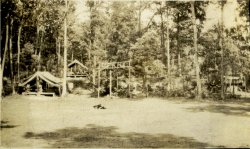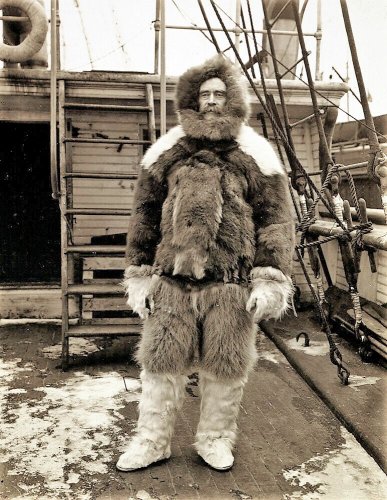 |
About Robert E. Peary
Robert Edwin Peary (May 6, 1856
– February 20, 1920) was an American explorer who claimed to have been
the first person, on April 6, 1909, to reach the geographic North Pole
-- a claim that subsequently attracted much criticism and controversy,
and is today widely doubted.
Peary made several expeditions to
the Arctic, exploring Greenland by dog sled in 1886 and 1891 and returning
to the island three times in the 1890s. He twice attempted to cross northwest
Greenland over the ice cap, discovering Navy Cliff. On some of these expeditions
the American artist F. W. Stokes joined.
Unlike most previous explorers,
Peary studied Inuit survival techniques, built igloos, and dressed in practical
furs in the native fashion both for heat preservation and to dispense with
the extra weight of tents and sleeping bags when on the march. Peary also
relied on the Inuit as hunters and dog-drivers on his expeditions, and
pioneered the use of the system (which he called the "Peary system") of
using support teams and supply caches for Arctic travel. His wife, Josephine,
accompanied him on several of his expeditions.
His 1898-1902 expedition was darkened
by an unfounded attempt to put forth an 1899 visual discovery of "Jesup
Land" west of Ellesmere, leading to his allegation that this was his sighting
of Axel Heiberg land prior to its discovery by Norwegian explorer Otto
Sverdrup's expedition, a Peary claim now universally rejected. However,
the genuine achievements of this remarkable expedition were weightier.
The gold medals of the American Geographical Society and Royal Geographical
Society of London honored Peary's tenacity, his mapping of his considerable
real discoveries, and his discovery in 1900 of Cape Jesup at the north
tip of Greenland. Peary also achieved a farthest north for the western
hemisphere in 1902 north of Canada's Ellesmere Island. |






